Let's say you have a device that is rated at the following:
- 550 amps @ 12Vdc (heat)
- Max Voltage = 48Vdc (insulation material max voltage rating)
I am mainly concerned with the heat, we could say the device is able to handle: 550A x 12V = 6,600 Watts
So if you use the same power to determine how much current it can handle at 24Volts, would the statements below be true?
Current x 24V = 6,600 Watts Current = 275A
275Amps @ 24Vdc?
Current x 48V = 6,600 Watts Current = 137.5A
137.5Amps @ 48Vdc?
